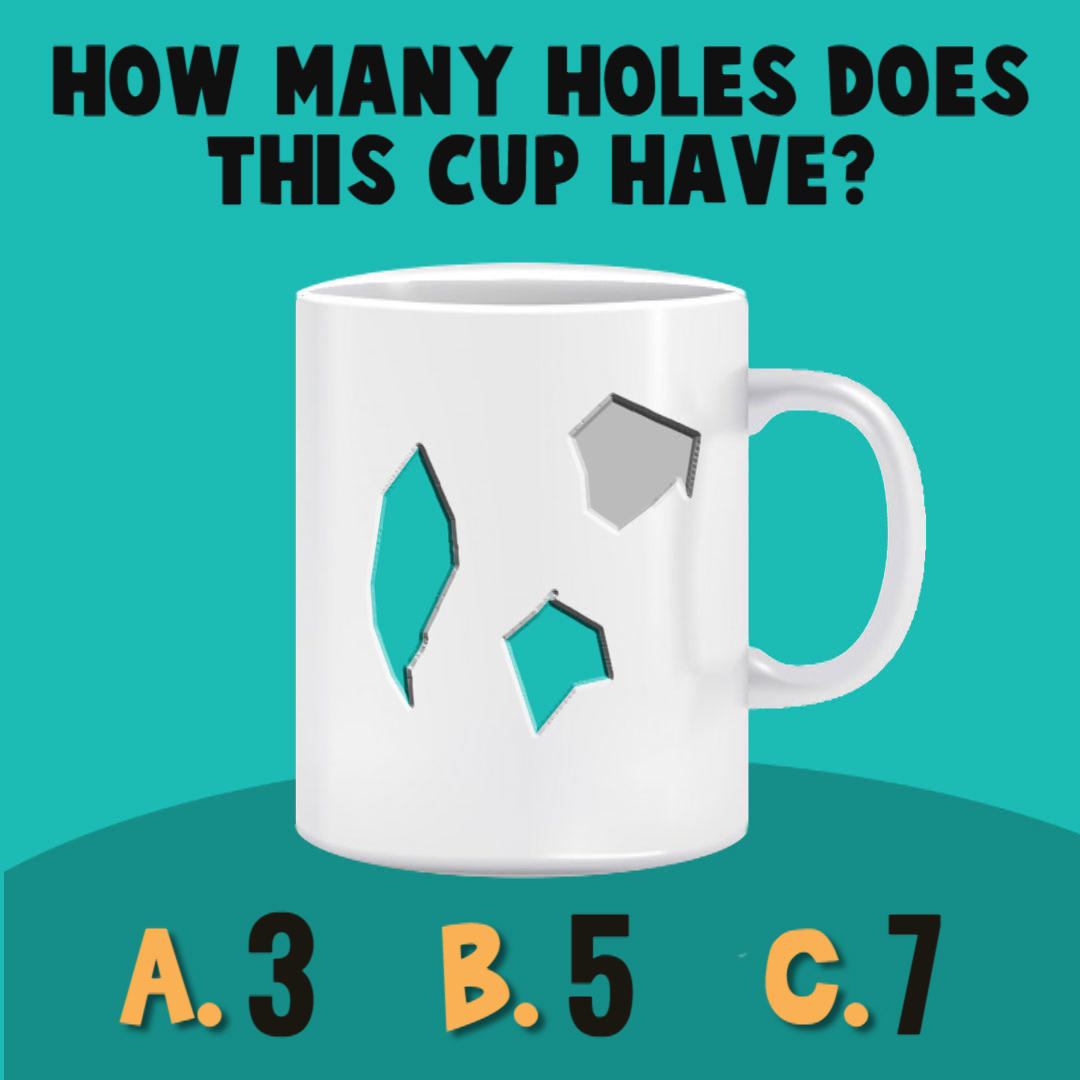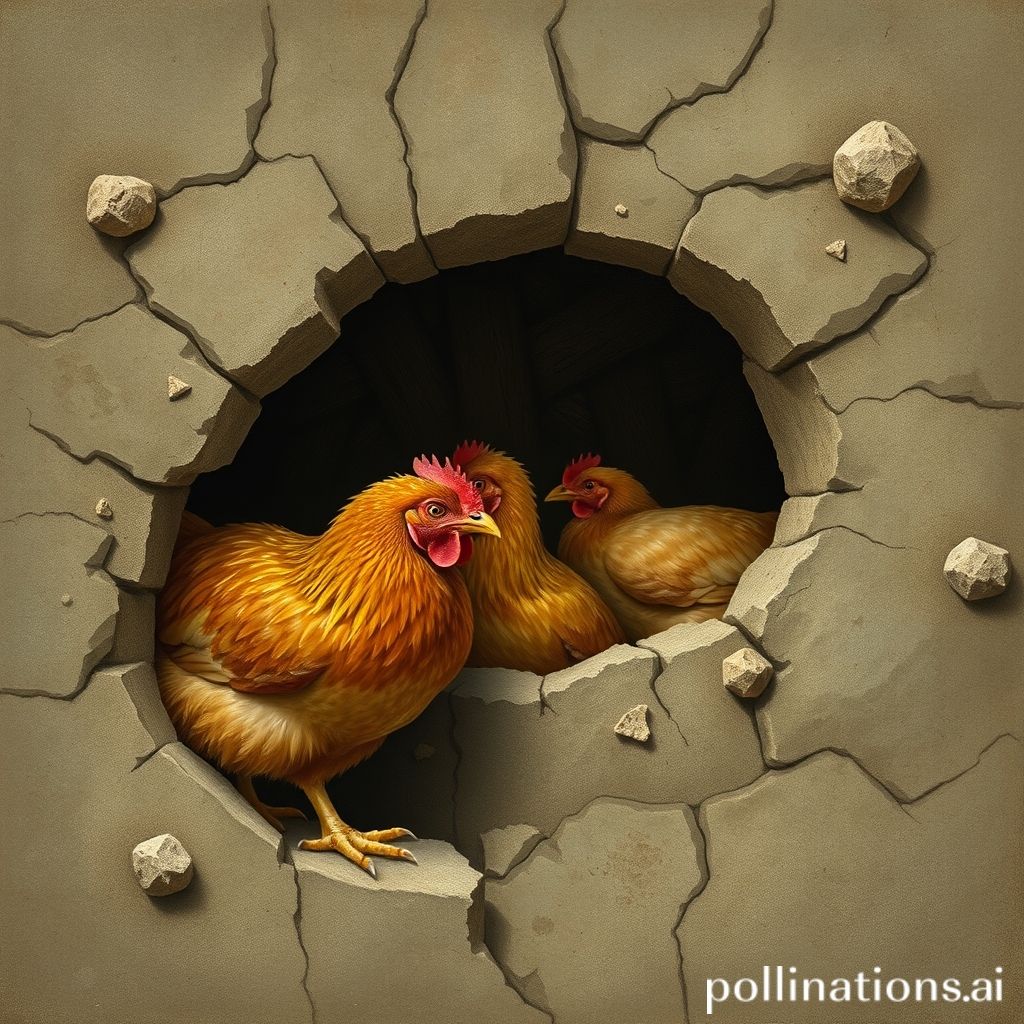How Many Holes Do Women Have? A Clear Look At Female Anatomy
It's a really common question, actually, and one that often comes up when people are trying to understand the human body better. You know, sometimes, there's just a bit of confusion about female anatomy, and that's totally okay. Getting clear, accurate information about our bodies, or anyone's body for that matter, is pretty important, and it can help us all feel more comfortable and knowledgeable. This article aims to clear things up, talking about the openings women have in their lower body with simple, easy-to-understand explanations.
For many, this question, "how many holes do women have," might seem straightforward, but it actually touches on a broader need for good, accessible health education. It's about more than just counting; it's about understanding the different functions these parts play. Whether you're curious yourself, or perhaps explaining things to a younger person, having the right facts can make a big difference, you know, in fostering a healthy understanding of our bodies.
We're going to explore this topic with a focus on clear, human-centric information. We'll look at the main openings in the pelvic area, what each one does, and why knowing this stuff is helpful. So, if you've ever wondered about this, or maybe you're just looking for some straightforward answers, you're in the right place. It's a topic that, you know, really deserves a bit of clear explanation.
- Thank You In Spanish
- The Big Comfy Couch
- Bianca Grammys Outfit No Blur
- Fruit Of The Loom Cornucopia
- Kanye West And Bianca Censori
Table of Contents
- Understanding the Basics of Female Anatomy
- Why This Information Matters
- Frequently Asked Questions About Female Anatomy
Understanding the Basics of Female Anatomy
When we talk about "how many holes do women have," we're generally focusing on the openings in the lower, or pelvic, area of the body. It's a pretty common point of interest, and getting the facts right is, you know, quite important for basic health literacy. The male human body, for instance, has two openings for waste removal and reproduction, but for females, it's a bit different.
Specifically, females have three primary openings in the pelvic area. These are distinct and each serves a very particular role. It's not always obvious from the outside, but knowing these details helps in understanding how the body works. The exact count can, in a way, vary based on what someone considers a "hole," but for practical and medical purposes, these three are the ones we focus on. All females, in fact, have these three openings in the pubic and anal area.
It's interesting, too, that different species have many different ways of being identified as male or female. In some, there is no external difference at all. But when we talk about human females, these three openings are consistently present. This fundamental knowledge is, you know, really helpful for everyone.
- Earthy Style Dress To Impress
- Cronología De Inter Milan Contra Fc Barcelona
- John Tee Artist
- Kevin Bacon New Show
- Green Tea Shot Recipe
The Three Primary Openings
So, let's get right to it. There are three primary holes in a woman's body that we're talking about here. These are the urethra, the vagina, and the anus. Each one has a very specific and vital job, you know, for the body to function properly. It's not just about counting them; it's about understanding their individual purposes, which is, you know, quite fascinating.
The vulva, which is the outside part of the female genitals, actually contains two of these openings. This is where some of the confusion can sometimes come from. The vulva, you know, is the external structure, and inside it, you'll find the urethral opening and the vaginal opening. The third opening, the anus, is located separately, a little further back.
A woman has three holes in her lower body: the urinary opening, the vaginal opening, and the rectal opening. These are, in fact, the same three we just mentioned, just sometimes called by slightly different names. Understanding these terms, you know, really helps in getting a full picture of female anatomy. It's pretty straightforward once you know what to look for.
A Closer Look at Each Opening
Let's take a moment to look at each of these openings individually, because they each play such an important role. Knowing what each one does is, you know, really key to understanding female health. It's not just about where they are, but what they contribute to the body's overall function. This is, in some respects, the most important part of the discussion.
The Urethra
First up is the urethra. This is the opening we urinate from. Its main job is to carry urine from the bladder out of the body. It's a relatively small opening, located above the vaginal opening. Many people, you know, sometimes get this confused with the vagina, but they are completely separate structures with different functions. The urethra is, in fact, just for urine, and that's it.
It's a really important part of the urinary system, ensuring that waste liquids are expelled from the body. You know, keeping this system healthy is pretty vital for overall well-being. So, the urethra is, in a way, like the body's little exit door for liquid waste, and it's quite efficient at its job.
The Vagina
Next, we have the vagina. This opening serves a couple of very significant purposes. It's the birth canal, meaning it's the pathway a baby travels through during childbirth. It's also the sexual organ, playing a central role in intercourse. The vagina is, you know, a muscular canal that connects the uterus to the outside of the body.
Inside the vaginal canal, there is one opening, which leads up to the cervix and then the uterus. This is, you know, really important to understand, as some might think there are multiple openings within the canal itself, but there's just the one leading further inside. The vagina is, in fact, quite an amazing part of the body, with its ability to stretch and adapt for different functions.
It's a very dynamic part of female anatomy, involved in reproduction, menstruation, and sexual activity. Understanding its role helps clarify a lot about female health. You know, its functions are pretty diverse, and it's essential for several key biological processes.
The Anus
Finally, there's the anus. This is the opening for bowel movements. Its job is to expel solid waste from the body. It's located behind the vaginal opening, and it's a completely separate system from both the urinary and reproductive tracts. So, you know, it has its own distinct function, which is pretty vital for digestion and waste removal.
The anus is, in fact, part of the digestive system, marking the end of the large intestine. It's a really important part of keeping the body clean and healthy by getting rid of waste products. So, you know, while often not discussed as much, its role is absolutely crucial for daily bodily functions. It's, you know, a rather essential part of our plumbing.
Why This Information Matters
Knowing about these three distinct openings in a woman's lower body is, you know, really more than just a piece of trivia. It's fundamental knowledge for personal health, sexual education, and even for understanding medical discussions. When we're clear on these basics, it helps us talk about health issues more openly and accurately. This understanding is, in fact, quite empowering for individuals.
For instance, understanding the separate functions of the urethra and vagina can prevent confusion about urinary tract infections versus vaginal infections. It's a bit like knowing the difference between a kitchen sink and a bathroom sink; they both handle water, but for very different purposes. This clarity, you know, really helps in seeking the right kind of care when something feels off. Learn more about general health topics on our site, for instance.
This information also plays a big role in sexual health education. When people understand the anatomy, they can make more informed decisions and communicate better about their bodies. It's, you know, pretty essential for safe and healthy relationships. So, in some respects, this basic anatomical knowledge supports a broader sense of well-being and confidence.
Common Misconceptions and Clarifications
One of the most common misconceptions is thinking that the urethra and the vagina are the same opening, or that they're somehow connected in a way that urine comes out of the vagina. As we've just discussed, these are two entirely separate openings, each with its own specific job. The urethra is for urine, and the vagina is for other things, like menstruation, intercourse, and childbirth. This distinction is, you know, really important to grasp.
Another area of confusion can be about the term "vulva." Some people, you know, might use "vagina" to refer to all the external female genitals. But the vulva is actually the collective term for the external parts, which include the labia, clitoris, and the openings of the urethra and vagina. The vagina itself is the internal canal. This clarification, you know, really helps in using the correct terms when talking about anatomy.
It's also worth noting that while we're focusing on the three primary openings for waste and reproduction, the human body has many other "holes" or openings, like two eyes, two ears, two nostrils, and one mouth. But when the question "how many holes do women have" comes up, it's almost always referring to the pelvic area. So, you know, context really matters here, and we're addressing that specific context.
Beyond the Basics: Other Considerations
While the three primary openings are consistent across all females, there can be slight variations in their appearance or size from person to person. Just like everyone's face looks a little different, so do their external genitals. These variations are completely normal and are just part of human diversity. It's, you know, pretty important to remember that there's no single "normal" look.
Understanding these anatomical facts can also help in recognizing when something might be wrong. For example, knowing the typical function of each opening helps you notice if there's unusual discharge, pain, or difficulty with urination or bowel movements. This awareness is, you know, a really good first step towards seeking medical advice if needed. You can find more information about female reproductive health on this page.
Keeping up with accurate health information is, in fact, a continuous process. Bodies are complex, and learning about them helps us appreciate their workings. For more general health information, you might find resources like the Office on Women's Health to be very helpful. They provide a wealth of information on various aspects of women's health, you know, which is quite valuable.
Frequently Asked Questions About Female Anatomy
What are the three openings in a female?
The three primary openings in a female's lower body are the urethra, the vagina, and the anus. Each of these has a distinct and important function, you know, for the body's overall health and operations. It's pretty straightforward when you break it down.
What is the purpose of each opening in a woman?
The urethra is for urine to leave the body. The vagina serves as the birth canal, the pathway for menstrual blood, and is involved in sexual intercourse. The anus is for bowel movements, allowing solid waste to exit the body. So, you know, each one has a very clear and separate job.
Is the urethra part of the vagina?
No, the urethra is not part of the vagina. They are two entirely separate openings. The urethra is located above the vaginal opening and is solely for urination. The vagina is a separate canal below the urethra, serving reproductive and sexual functions. It's a common point of confusion, but, you know, they are distinct.
- Married At First Sight Season 18
- Birthday Gift For Mom
- Despacito Lyrics English Song
- Red Hot Chili Anthony Kiedis
- Whistle Express Car Wash

Ask a man in your life: How many holes do females have?

How Many Holes Can You Count on this Cup? | DoYouRemember?

How Many Holes Do Chickens Have?